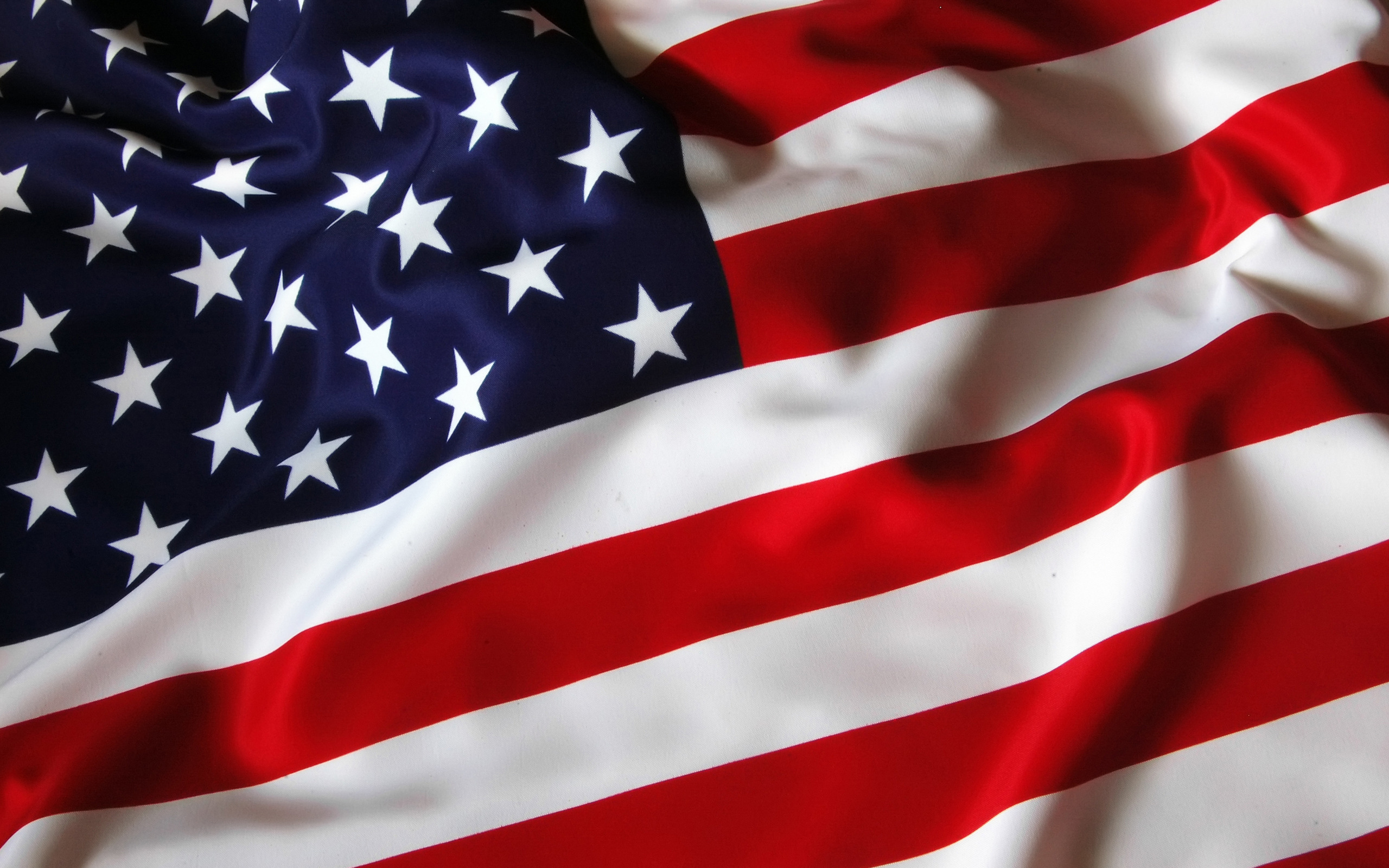Americans generally get a failing grade when it comes to knowing our “patriotic songs.” I know more people who can recite “America, F–k Yeah” from Team America than “America the Beautiful.” “Yankee Doodle”? No one older than a fifth-grader in chorus class remembers the full song. “God Bless America”? More people know the Rev. Jeremiah Wright remix than the actual full lyrics of the song. Most black folks don’t even know “the black national anthem.” (There’s a great story about Bill Clinton being at an NAACP meeting where he was the only one who knew it past the first line. Bill Clinton: Woke in the ’90s.)
In the case of our national anthem, “The Star-Spangled Banner,” perhaps not knowing the full lyrics is a good thing. It is one of the most racist, pro-slavery, anti-black songs in the American lexicon, and you would be wise to cut it from your Fourth of July playlist.
“The Star-Spangled Banner,” as most Americans know it, is only a couple of lines. In fact, if you look up the song on Google, only the most famous lyrics pop up on Page 1:
Oh say can you see,
By the dawn’s early light,
What so proudly we hailed,
At the twilight’s last gleaming?Whose broad stripes and bright stars,
Through the perilous fight,
O’er the ramparts we watched,
Were so gallantly streaming.And thy rocket’s red glare,
Thy bombs bursting in air,
Gave proof through thee night,
That our flag was still there.Oh say does that star spangled banner yet wave,
O’er the land of the free, and the home of the brave.
The story, as most of us are told, is that Francis Scott Key was a prisoner on a British ship during the War of 1812 and wrote this poem while watching the American troops battle back the invading British in Baltimore. That—as is the case with 99 percent of history that is taught in public schools and regurgitated by the mainstream press—is less than half the story.
To understand the full “Star-Spangled Banner” story, you have to understand the author. Key was an aristocrat and city prosecutor in Washington, D.C. He was, like most enlightened men at the time, not against slavery; he just thought that since blacks were mentally inferior, masters should treat them with more Christian kindness. He supported sending free blacks (not slaves) back to Africa and, with a few exceptions, was about as pro-slavery, anti-black and anti-abolitionist as you could get at the time.
Of particular note was Key’s opposition to the idea of the Colonial Marines. The Marines were a battalion of runaway slaves who joined with the British Royal Army in exchange for their freedom. The Marines were not only a terrifying example of what slaves would do if given the chance, but also a repudiation of the white superiority that men like Key were so invested in.
All of these ideas and concepts came together around Aug. 24, 1815, at the Battle of Bladensburg, where Key, who was serving as a lieutenant at the time, ran into a battalion of Colonial Marines. His troops were taken to the woodshed by the very black folks he disdained, and he fled back to his home in Georgetown to lick his wounds. The British troops, emboldened by their victory in Bladensburg, then marched into Washington, D.C., burning the Library of Congress, the Capitol Building and the White House. You can imagine that Key was very much in his feelings seeing black soldiers trampling on the city he so desperately loved.
A few weeks later, in September of 1815, far from being a captive, Key was on a British boat begging for the release of one of his friends, a doctor named William Beanes. Key was on the boat waiting to see if the British would release his friend when he observed the bloody battle of Fort McHenry in Baltimore on Sept. 13, 1815. America lost the battle but managed to inflict heavy casualties on the British in the process. This inspired Key to write “The Star-Spangled Banner” right then and there, but no one remembers that he wrote a full third stanza decrying the former slaves who were now working for the British army:
And where is that band who so vauntingly swore,
That the havoc of war and the battle’s confusion
A home and a Country should leave us no more?
Their blood has wash’d out their foul footstep’s pollution.
No refuge could save the hireling and slave
From the terror of flight or the gloom of the grave,
And the star-spangled banner in triumph doth wave
O’er the land of the free and the home of the brave.
In other words, Key was saying that the blood of all the former slaves and “hirelings” on the battlefield will wash away the pollution of the British invaders. With Key still bitter that some black soldiers got the best of him a few weeks earlier, “The Star-Spangled Banner” is as much a patriotic song as it is a diss track to black people who had the audacity to fight for their freedom. Perhaps that’s why it took almost 100 years for the song to become the national anthem.
To hear more of the story, there is an excellent short documentary about the history of “The Star-Spangled Banner” by some students at Morgan State University. In the meantime, it might be a good idea to switch up your Fourth of July patriotic playlist.
SOURCE: TheRoot.com



